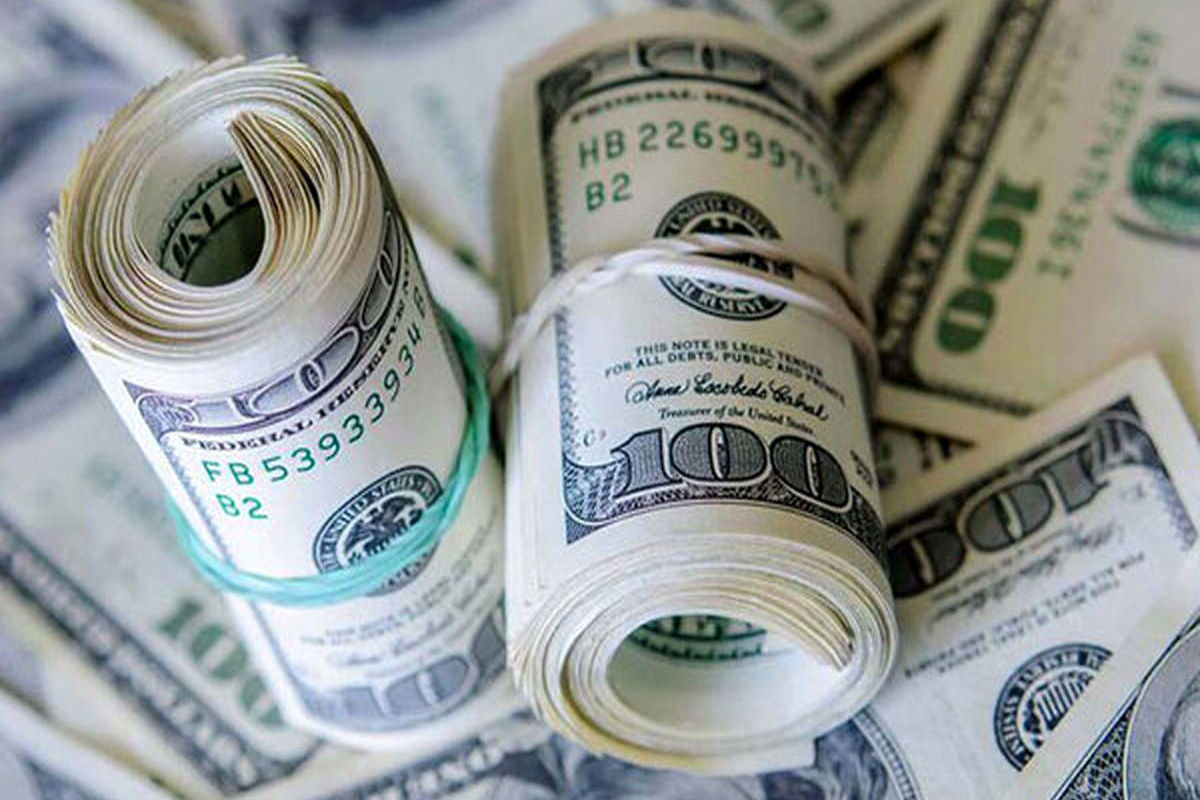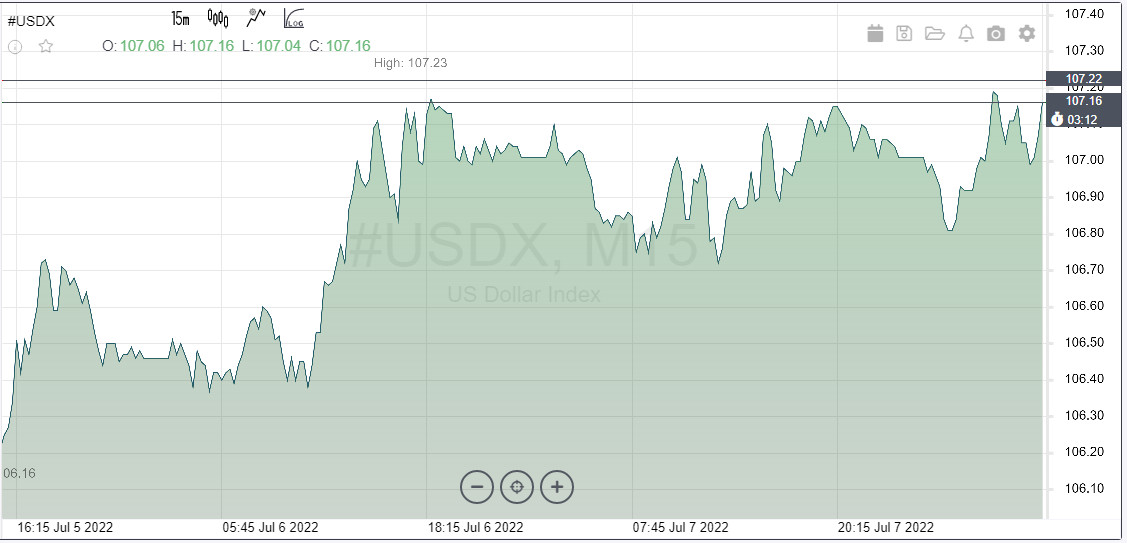
The dollar has skyrocketed this week. Markets will conduct a thorough analysis of the factors of such a movement to make sure that the rate continues to rise. At the moment, the dollar has two important catalysts that can either lift the dollar to heaven or bring it down to earth.
The FOMC minutes played their role, launching a new wave of growth for the US currency, now it's up to Nonfarm Payrolls.
FOMC minutes
The Federal Reserve's minutes sounded convincing, market players believed that interest rates could still rise above the so-called "moderately restrictive" level, which is currently under the central bank's sights. The revelation was that there really is no specific level that can deter the Fed from being more hawkish in bringing inflation down from over 8% to its target of 2%.
Tighter policies have already taken their toll on economies and currencies around the world. This is also grim news for global growth prospects. The dollar rallies on both factors - on the aggressive rhetoric of the Fed and receives preferences due to its protective properties. Demand for defensive assets is known to be elevated during periods of high recession risks.

The minutes also said that maintaining a strong labor market in the process of reducing inflation to 2% will depend on many factors affecting supply and demand. The tightening of policy, of course, can slow down the pace of economic growth for some time. However, returning inflation to a healthy level is "critical to achieving maximum employment on a sustainable basis."
The return of inflation is the primary task. If the economy has to be plunged into a hole, and the labor market has to be driven into a rut, then that's exactly what the Fed will do. There is no other way out.
Earlier, Fed Chairman Jerome Powell said that this year the range of rates could be raised somewhere between 3% and 3.5%. Such a move could be followed by a further increase to more than 4% next year.
This happened after FOMC members worsened forecasts for economic growth and raised estimates for inflation and unemployment. The June minutes showed that the opinion on the range of rates may change. At the same time, an unstable economy will not necessarily change the aggressive course of the Fed.
Since "the federal funds rate is expected to be close to or above the estimate of its long-term level at the end of this year, the Committee will be well positioned to determine the appropriate pace of further policy tightening and the extent to which economic developments warrant policy adjustments." The minutes also noted that "the pace of rate hikes and the degree of future policy tightening will depend on incoming data and changing economic prospects."
Voting members of the Fed are confident that a 75 basis point rate hike would be appropriate at the monetary policy meeting at the end of July.
NFP
So, the FOMC minutes contained information that could move the dollar further – to new heights. A report that is strategically important for the dollar will be published today – Nonfarm Payrolls. These data are quite capable of strengthening the growth of the US currency and sending the index to new highs.
The NFP report can become a kind of driving force of the market, as investors can rely on it as a benchmark for the health of the American economy. The consensus forecast is 275,000 compared to the May increase of 390,000. The unemployment rate in June should remain within the indicators of May – 3.6%. If the NFP does not meet expectations, market players will probably see this as a sign that the economy is losing momentum.
For the dollar, this alignment is not really necessary, since investors can start laying on the softening of the Fed's positions. The greenback will experience downward pressure.
Based on the key report on the labor market, the markets will try to understand whether the Fed will raise the rate by 50 bps or increase it by 75 bps for the second consecutive time.
 English
English 
 Русский
Русский Bahasa Indonesia
Bahasa Indonesia Bahasa Malay
Bahasa Malay ไทย
ไทย Español
Español Deutsch
Deutsch Български
Български Français
Français Tiếng Việt
Tiếng Việt 中文
中文 বাংলা
বাংলা हिन्दी
हिन्दी Čeština
Čeština Українська
Українська Română
Română

